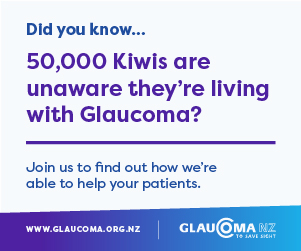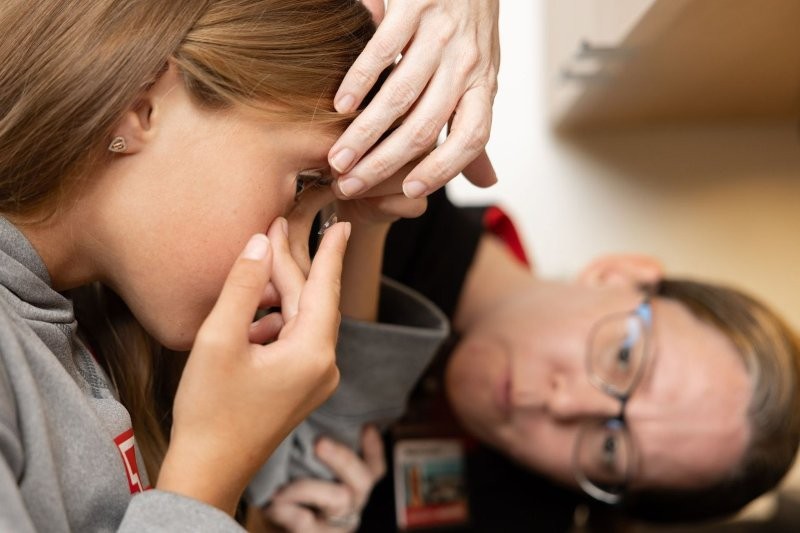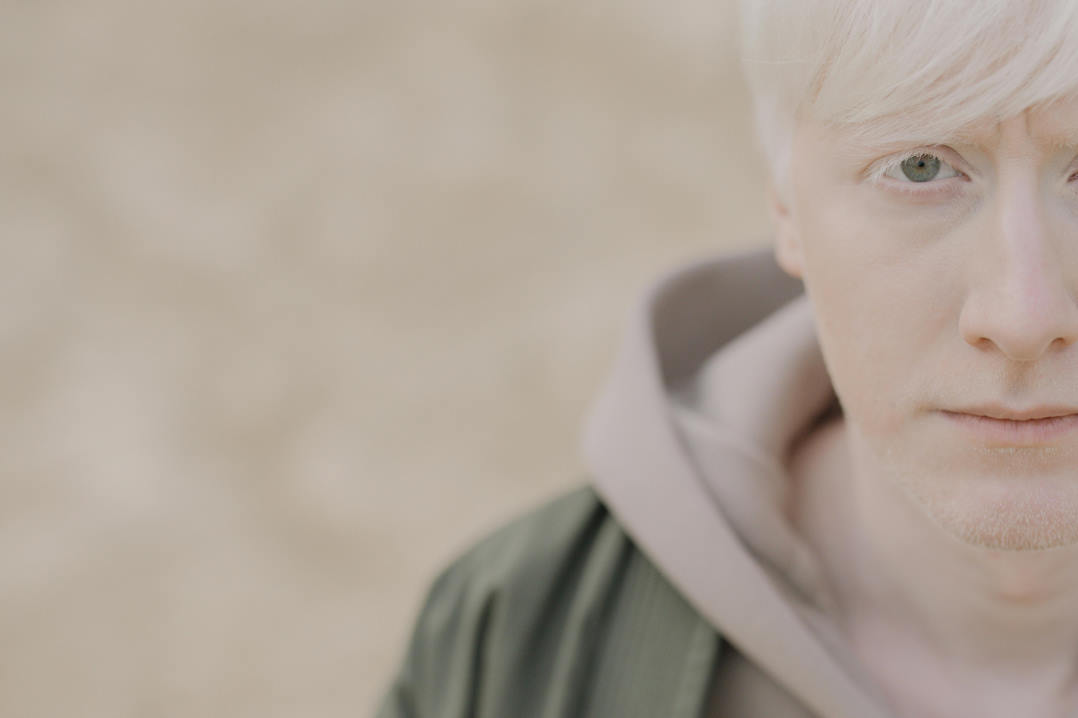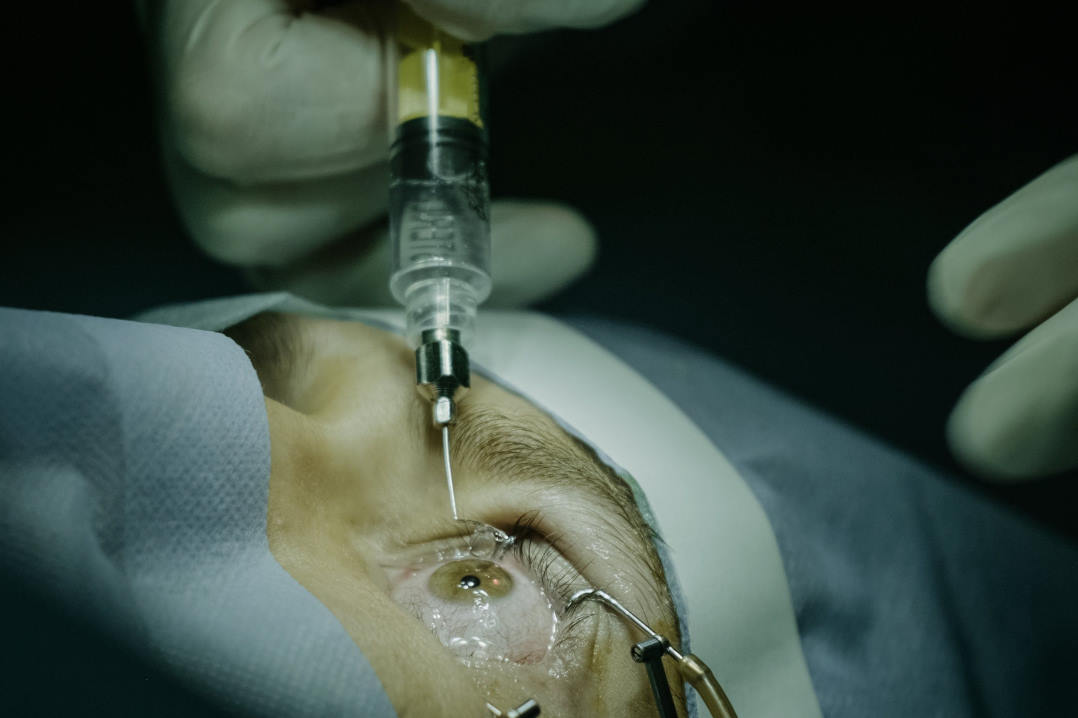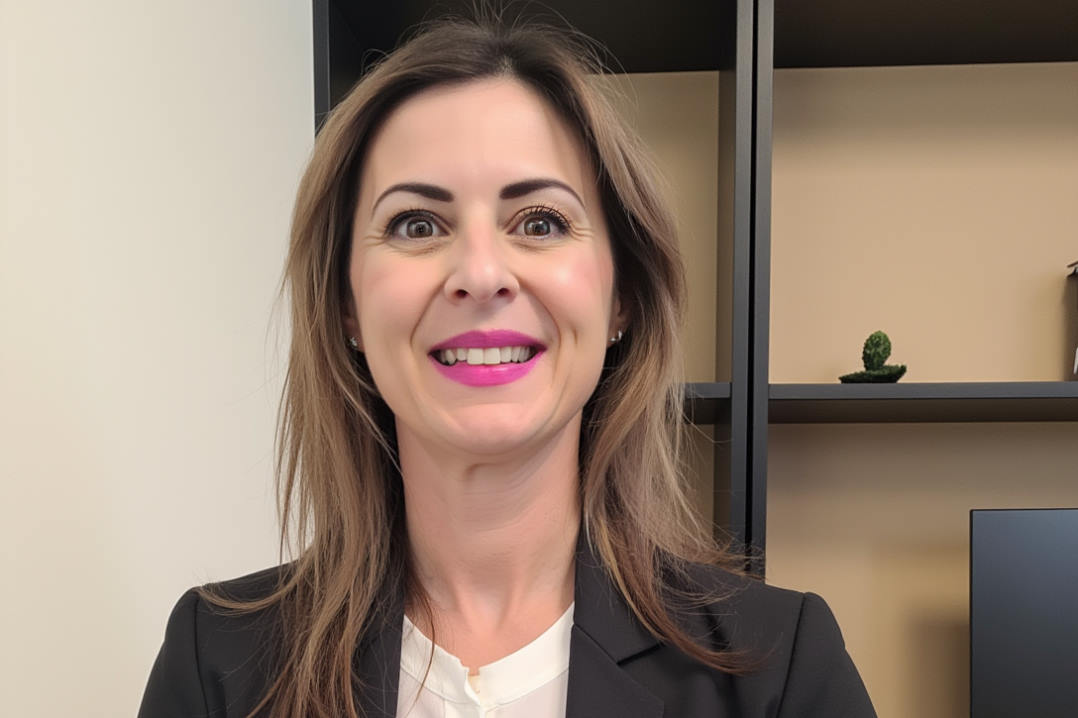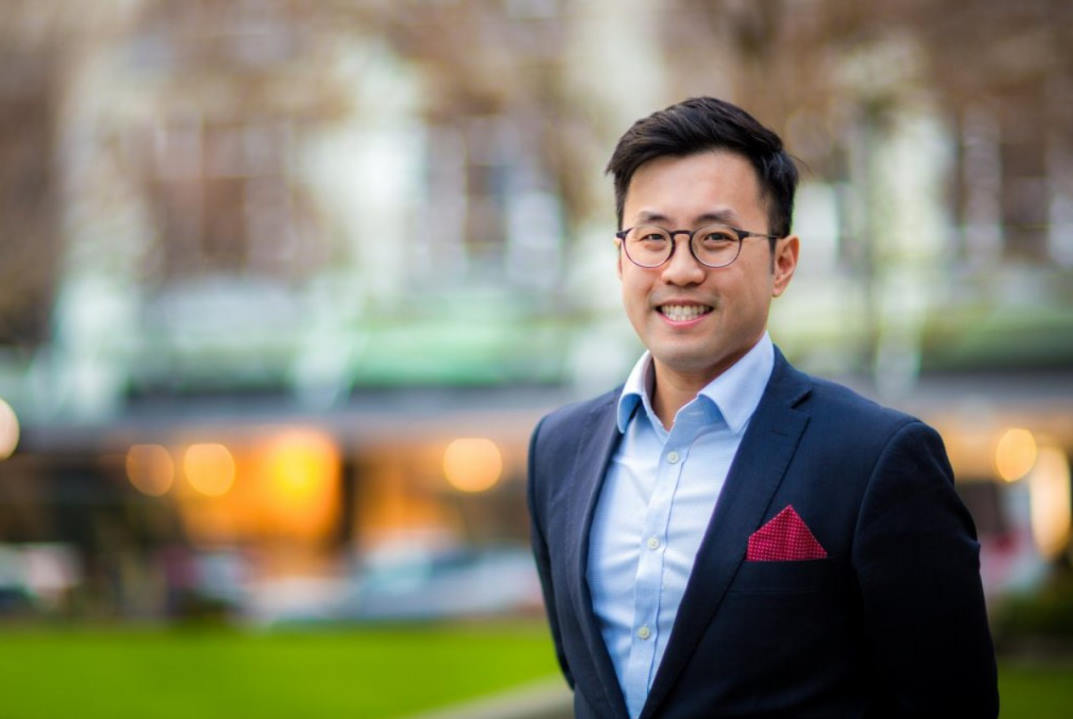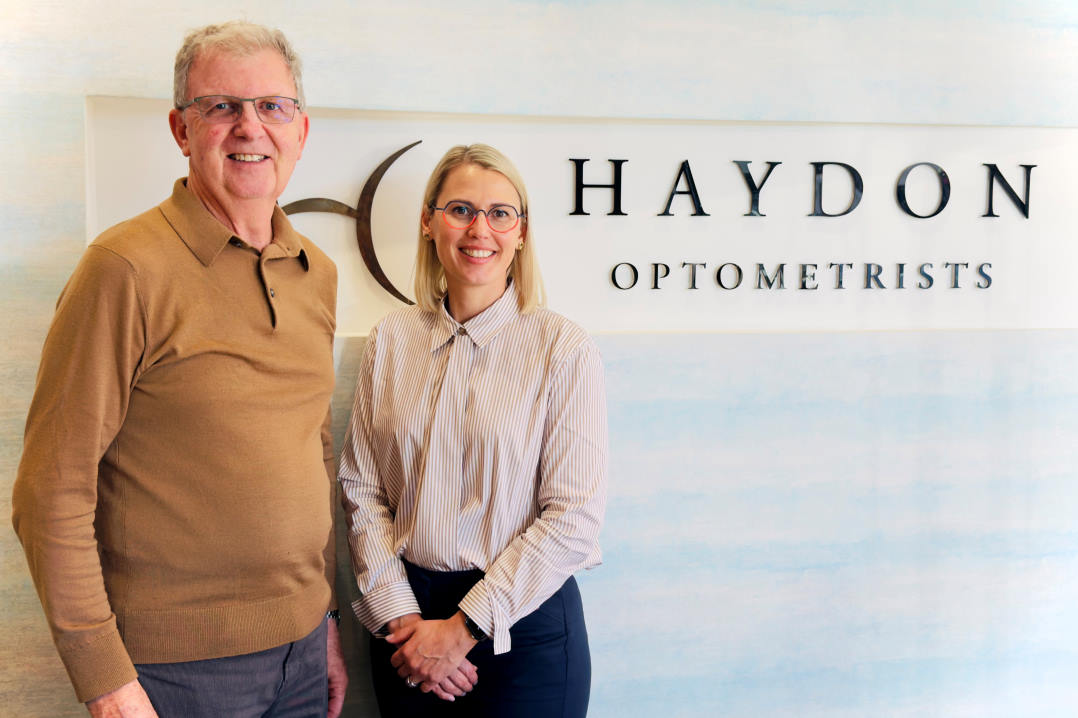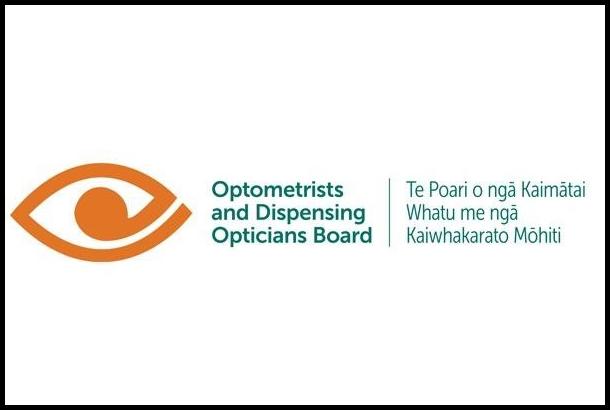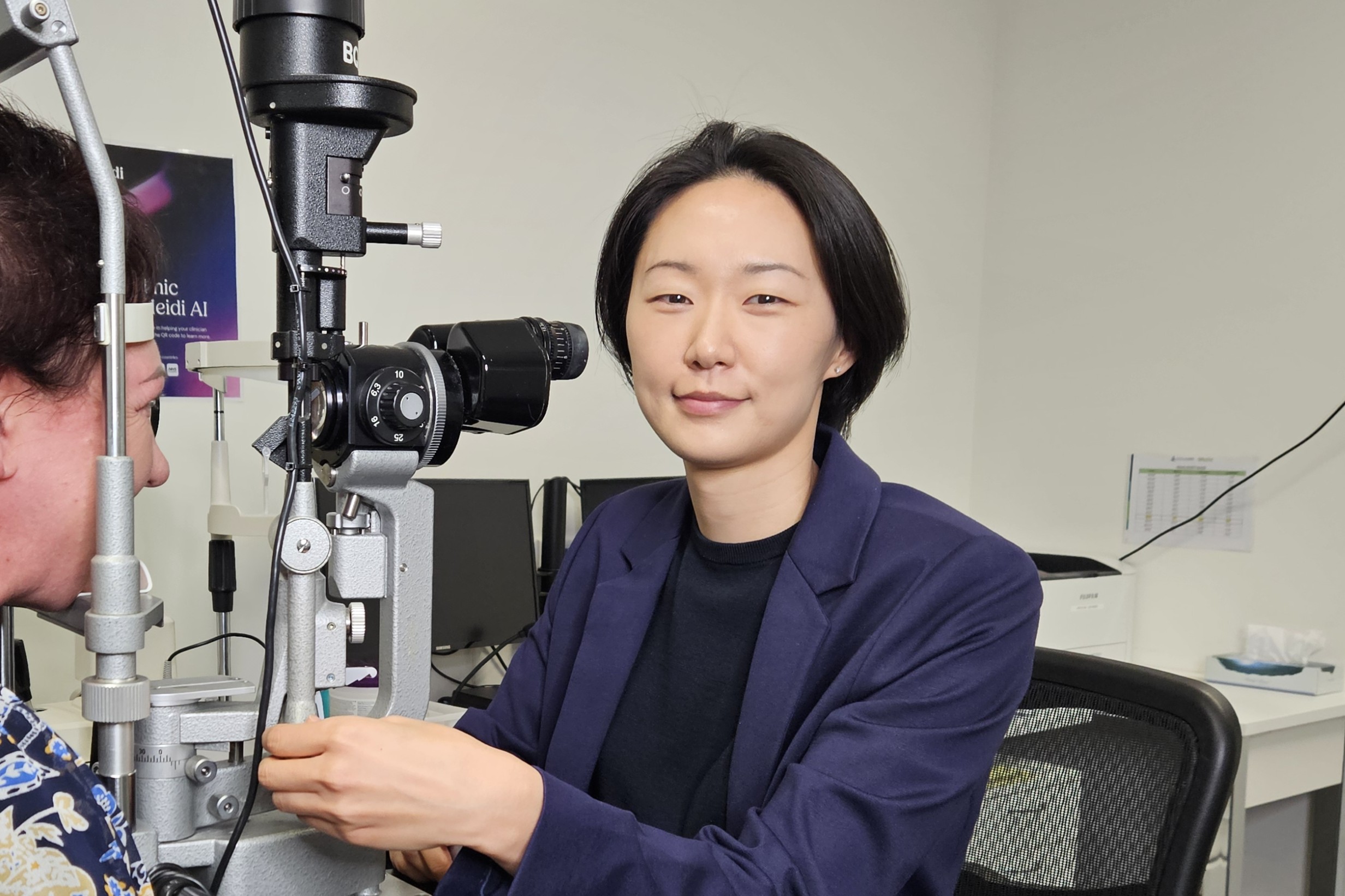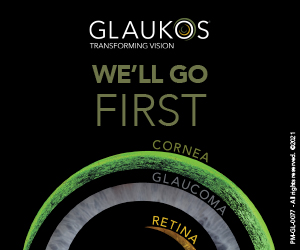Myopia CLs have sustained effect
The original Bifocal Lenses In Nearsighted Kids (BLINK) study showed high-add power multifocal contact lenses (CLs) slowed myopia progression in children. Now, new results from the BLINK2 study, which followed the same children, found the benefits continue even after the lenses are no longer used.
Of the 294 original BLINK participants, 248 continued in BLINK2, during which all participants wore high-add (+2.50 diopters) lenses for two years, followed by single-vision CLs for the third year of the study, to see if the benefit was sustained after discontinuing treatment.
There has been concern that the eye might grow faster than normal when myopia control contact lenses are discontinued, said principal investigator Professor David Berntsen of the University of Houston. “While there was a small increase in eye growth of 0.03mm/year across all age groups after discontinuing multifocal lenses… our findings show that when older teenagers stop wearing these lenses, the eye returns to the age-expected rate of growth,” he said.
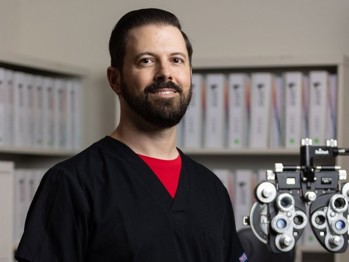
Prof David Berntsen
Further, while participants from the original BLINK high-add multifocal treatment group continued to have shorter eyes and less myopia at the end of BLINK2, children who were switched to high-add multifocal CLs for the first time during BLINK2 did not catch up to those who had worn high-add lenses since the start of BLINK when they were 7–11 years of age. By contrast, studies of other myopia treatments, such as atropine drops and ortho-k lenses, showed a rebound effect after treatment was discontinued, Prof Berntsen noted.
“Our findings suggest it’s a reasonable strategy to fit children with multifocal contact lenses for myopia control at a younger age and continue treatment until their late teenage years, when myopia progression has slowed,” he said.
The study was funded by the National Institutes of Health’s National Eye Institute, with collaborators from Ohio State University College of Optometry.







